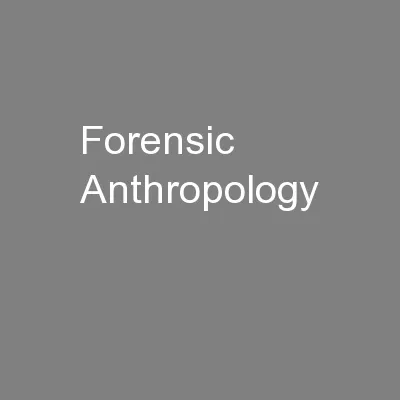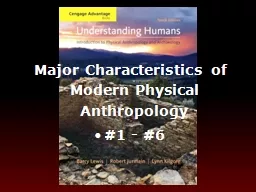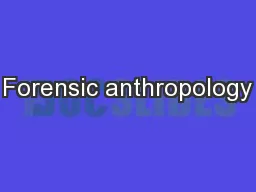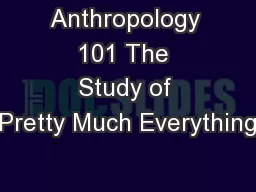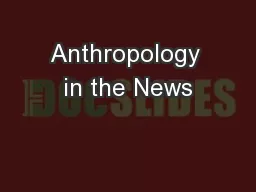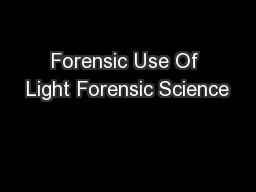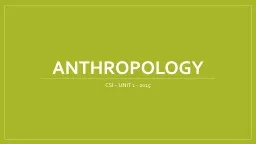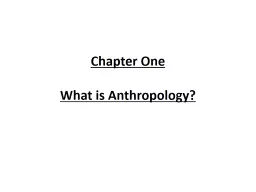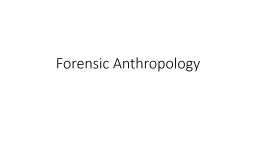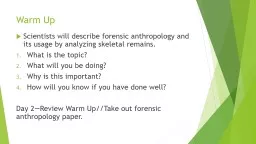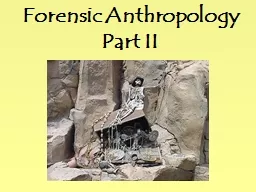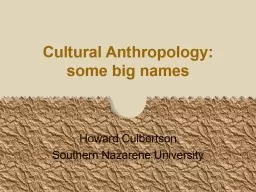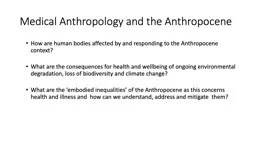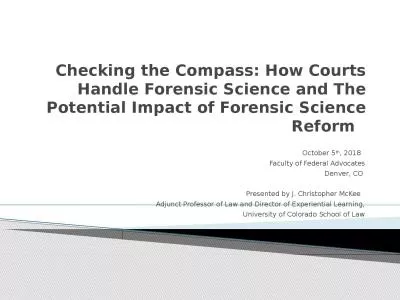PPT-Forensic Anthropology
Author : giovanna-bartolotta | Published Date : 2016-09-08
Presented by Devon Wilson amp Kiara Casanova Focus Question What can bones tell us about the humans life before the time of death and what characteristics can we
Presentation Embed Code
Download Presentation
Download Presentation The PPT/PDF document "Forensic Anthropology" is the property of its rightful owner. Permission is granted to download and print the materials on this website for personal, non-commercial use only, and to display it on your personal computer provided you do not modify the materials and that you retain all copyright notices contained in the materials. By downloading content from our website, you accept the terms of this agreement.
Forensic Anthropology: Transcript
Download Rules Of Document
"Forensic Anthropology"The content belongs to its owner. You may download and print it for personal use, without modification, and keep all copyright notices. By downloading, you agree to these terms.
Related Documents

